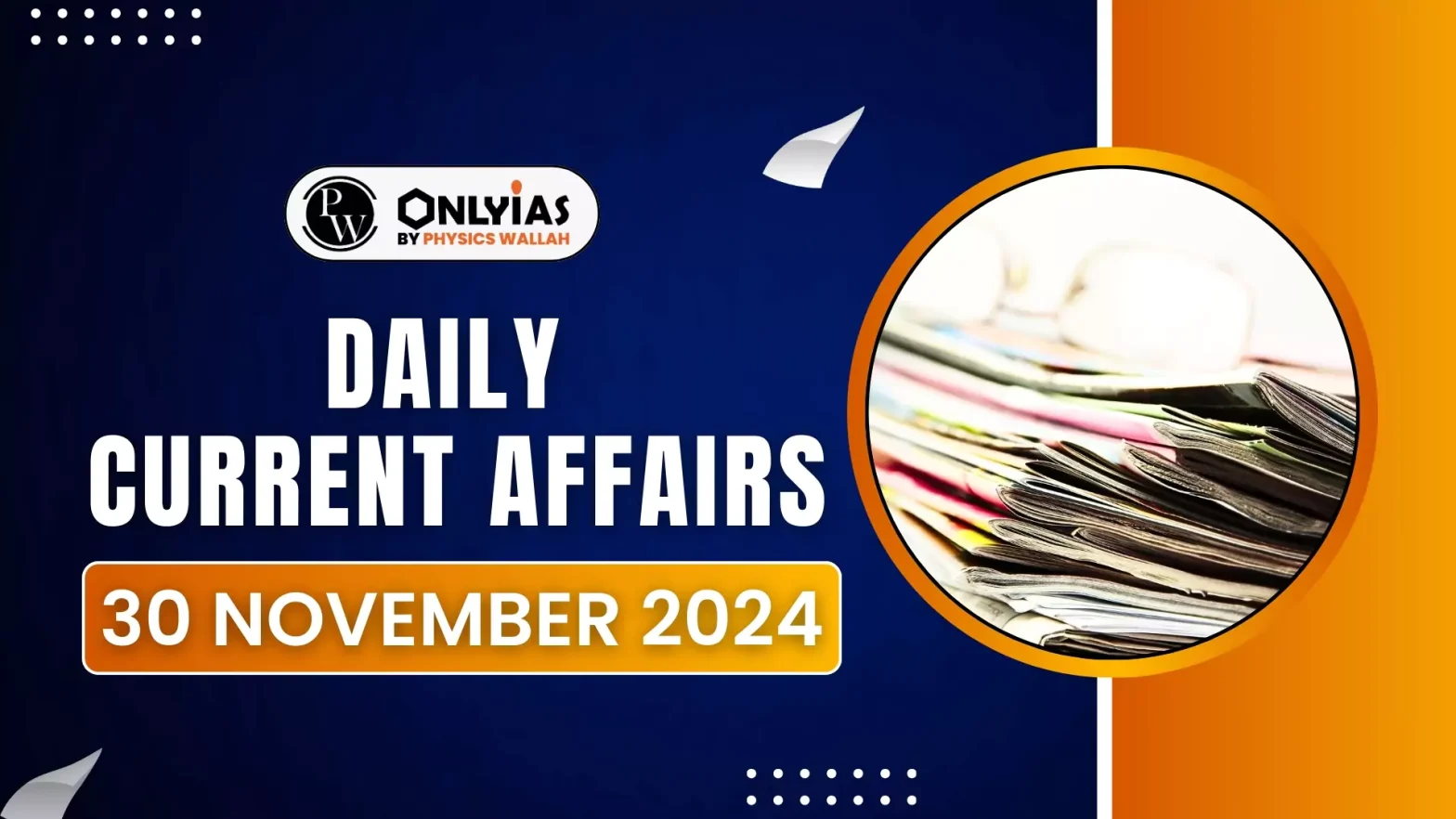In August 1987, U.S. beaches were plagued by the “Syringe Tide,” where used syringes, blood vials, and body tissues washed ashore on the Jersey Shore and New York City beaches.
Key Highlights of the Syringe tide
- Concern: Children playing with discarded syringes became an emblem of public health neglect, sparking widespread fear.
- Tourism was severely impacted, with economic losses reaching $7.7 billion.
- Root Cause: The waste was traced to improper disposal by New York City, which dumped hazardous refuse into poorly managed landfills.
- The Fear Factor: In the shadow of the emerging HIV/AIDS epidemic, the sight of syringes evoked heightened fear and stigma.
-
- Discovered in 1983, HIV/AIDS was seen as a death sentence in the 1980s, with limited understanding and rampant misinformation.
- Link to Medical Waste: The association of syringes with HIV exacerbated public anxiety, pushing the administration to act swiftly.
Enroll now for UPSC Online Course
About Biomedical Waste
- Bio-medical waste means any solid and/or liquid waste including its container and any intermediate product, which is generated during the diagnosis, treatment or immunization of human beings or animals or research activities pertaining thereto or in the production or testing of biological or in health camps
- Composition: 85% of healthcare waste is general, non-hazardous waste.
- 15% is hazardous waste, including infectious, chemical, radioactive, and sharp waste.
Judicial Push: Dr. B.L. Wadehra Case (1996)
- The Supreme Court criticized Delhi’s waste management system, likening the capital to an “open garbage dump.”
- Outcome: This landmark case catalyzed national conversations on waste management and set the stage for legislative reforms.
|
Types of Healthcare Waste
- Infectious Waste: Contaminated with blood, body fluids, or pathogens.Pathological Waste: Human tissues, organs, and fluids.
- Sharps Waste: Needles, syringes, blades, and broken glass.
- Chemical Waste: Laboratory reagents, disinfectants, and heavy metals.
- Pharmaceutical and Cytotoxic Waste: Expired drugs and genotoxic substances.
- Radioactive Waste: Materials contaminated by radionuclides.
- General Waste: Non-hazardous materials similar to domestic waste.
Global Conventions and Protocols for Biological Waste Management
| Convention/Protocol |
Year of Adoption |
Focus on Biological Waste Management |
| Basel Convention on Hazardous Waste |
1989 |
Controls the transboundary movement of hazardous wastes, including biomedical waste, ensuring its environmentally sound management. |
| WHO Guidelines on Biomedical Waste Management |
2000 |
Provides comprehensive guidelines for the safe management of biomedical waste, covering its segregation, collection, transportation, treatment, and disposal. |
| Stockholm Convention on Persistent Organic Pollutants (POPs) |
2001 |
Addresses the issue of persistent organic pollutants (POPs), some of which may be present in biomedical waste, aiming to reduce their release into the environment. |
| Minamata Convention on Mercury |
2013 |
Focuses on the control of mercury and mercury compounds, including those that may be present in certain biomedical waste, aiming to minimize their release and protect human health and the environment. |
Check Out UPSC NCERT Textbooks From PW Store
Biomedical Waste Management Rules
- Categorization of Hazardous Waste: For the first time, hospital waste was officially recognized as hazardous under the Biomedical Waste (Management and Handling) Rules.
- Regulatory Framework: The Act empowered Pollution Control Boards at central and state levels to oversee and regulate waste disposal.
- Major Updates:
-
- 2016: Comprehensive amendments were made to address advancements in waste management technology.
- 2020: Minor revisions refined existing protocols to enhance compliance.
- Current Practices: Today, stringent protocols ensure segregation, treatment, and responsible disposal of hospital waste.
2018 Amendment to Bio-Medical Waste Management Rules
- Phase-out of Chlorinated Plastics: Healthcare facilities must eliminate the use of chlorinated plastic bags (excluding blood bags) and gloves by March 27, 2019.
- Annual Report Publication: All healthcare facilities are required to publish their annual report on bio-medical waste management on their websites within two years of the 2018 amendment.
- Bar Coding and GPS Tracking: Operators of common bio-medical waste treatment and disposal facilities must implement bar coding and GPS tracking for waste handling by March 27, 2019.
- Data Reporting and Analysis: State Pollution Control Boards must collect, analyze, and submit detailed information on bio-medical waste generation, treatment facilities, and disposal methods to the Central Pollution Control Board.
- On-site Pre-treatment: Healthcare facilities must pre-treat laboratory waste, microbiological waste, blood samples, and blood bags on-site using WHO-recommended methods before sending them to common treatment facilities.
- Stricter Compliance: Increased penalties and stricter enforcement mechanisms are in place to deter non-compliance.
- Focus on Small-Scale Generators: Specific guidelines have been introduced for small-scale healthcare facilities to ensure proper waste management practices.
- Emphasis on Training: Regular training programs are mandatory for healthcare workers to raise awareness about safe handling and disposal of biomedical waste.
- Promotion of Green Technologies: Incentives and subsidies are being provided to encourage the adoption of eco-friendly technologies for waste treatment and disposal.
- Mandatory Training: All healthcare workers must undergo mandatory training on biomedical waste management practices, including segregation, handling, and disposal.
Global Influence on India’s Policies
- HIV Connection: The global response to HIV and the U.S. reforms influenced India’s trajectory in biomedical waste management.
- Workforce Safety: Awareness of HIV highlighted the importance of protecting medical professionals from occupational hazards.
Challenges in Biological waste management
- Health Risks from Unsafe Disposal: Annually, 16 billion injections are administered worldwide, with many needles and syringes improperly disposed of.
- Risks include:
-
- Infections: Unsafe disposal leads to HIV, hepatitis B (30% risk), and hepatitis C (1.8% risk) from single needle-stick injuries.
- Injuries: Accidental sharps injuries threaten healthcare workers and waste handlers.
- Toxic Exposures: Poor waste handling increases exposure to hazardous chemicals.
- Harmful Emissions: Open burning and low-temperature incineration release dioxins, furans, and heavy metals, posing environmental and health risks.
- Water Contamination: Poorly managed landfill disposal contaminates local water sources.
- Pollution and Pathogens: Untreated biomedical waste contributes to soil and air pollution and facilitates the spread of infectious diseases.
- Service Gaps in Waste Management: In 2021, only 61% of hospitals globally had basic healthcare waste management systems.
- Fragile contexts fare worse, with only 25% compliance in healthcare facilities.
- Compliance and Regulation Gaps: Despite advancements, the enforcement of healthcare waste regulations remains inconsistent and uneven across regions.
- Rural and resource-limited regions face acute challenges in ensuring safe disposal, exacerbating health and environmental risks.
Enroll now for UPSC Online Classes
Way Forward for Biomedical Waste Management in India
- Strengthening Infrastructure in Rural Areas: Invest in waste management facilities in rural and underserved regions to ensure safe handling and disposal of biomedical waste.
- Establish decentralized waste treatment units to reduce the burden on urban facilities.
- Enhanced Monitoring and Enforcement: Deploy digital systems for real-time tracking of biomedical waste from generation to disposal using GPS and barcoding technologies.
- Awareness and Training: Conduct extensive awareness campaigns for healthcare workers, patients, and the public about the risks associated with biomedical waste mismanagement.
- Incentivizing Eco-Friendly Practices: Promote the use of green technologies, such as autoclaving and microwaving, for treating biomedical waste.
- Provide subsidies for small-scale healthcare facilities to adopt sustainable waste management solutions.
- Focus on Waste Segregation: Ensure strict implementation of segregation protocols at the source, including separate bins for different categories of waste.
- Collaborative Efforts: Encourage partnerships between public, private, and non-governmental organizations to share best practices and resources for effective biomedical waste management.
- Engage local communities in monitoring and reporting biomedical waste violations.
- Periodic Policy Reviews: Conduct periodic reviews of existing biomedical waste regulations to address emerging challenges and incorporate advancements in waste management technologies.
- Research and Development: Invest in R&D to develop innovative, cost-effective technologies for waste treatment and disposal with focus on recycling and repurposing biomedical waste where possible to reduce environmental impact.
- Global Collaboration: Learn from global best practices in biomedical waste management and adapt them to India’s context.
Additional Reading: AIDS/HIV
![]() 30 Nov 2024
30 Nov 2024

